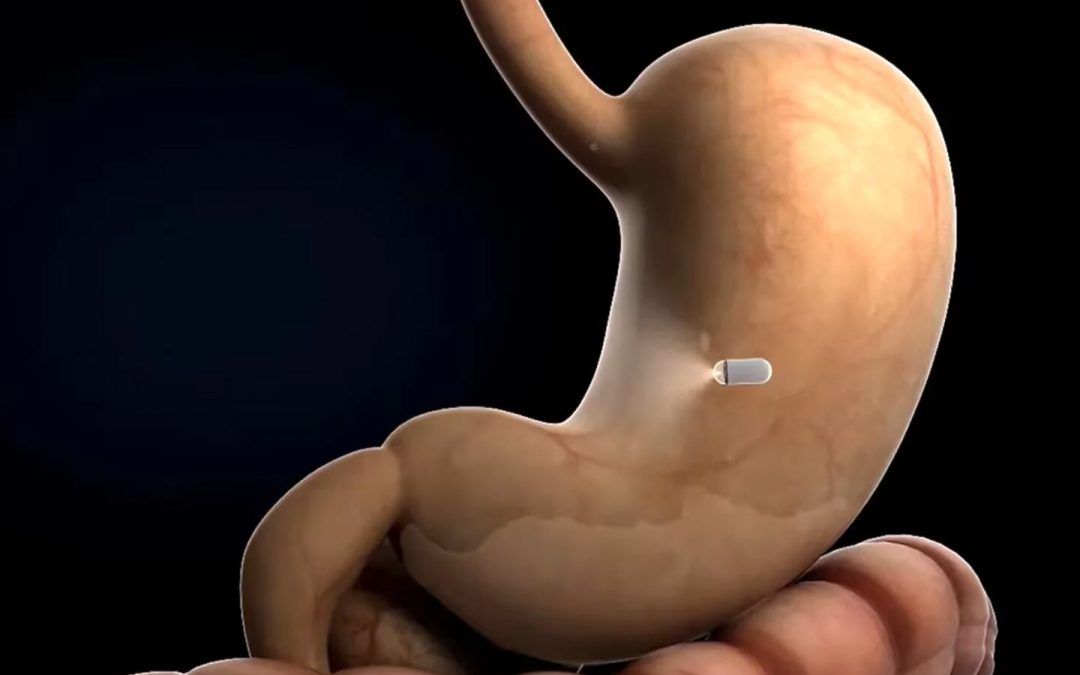Summary:
The prospect of undergoing an endoscopy, a procedure involving the insertion of a flexible tube with a camera at one end that traverses the entire digestive system while continuously supplying images to a connected computer, is not exactly pleasant. Despite being a revolutionary and highly useful medical examination, it is often deemed uncomfortable, even with the use of anesthesia. In response to this challenge, the George Washington University in the United States has pledged to revolutionize this medical procedure in the near future.
As a first step, researchers at the university have developed a pill-sized device equipped with a camera, an internal battery, and a transmitter. Similar to traditional endoscopy, this device enables exploration of the human body from the inside and transmits captured images with an internal antenna.
While not the first device of its kind, with other similar miniaturized components like the well-known Pillcam introduced in recent years, the newly designed device, named NaviCam, boasts a unique advantage. Unlike its predecessors, which relied on the natural digestive process of the patient, NaviCam allows a physician to externally control the movement of the capsule using a magnet-like mechanism.
With NaviCam, it becomes possible for a doctor to remotely control the direction and movement of the minuscule camera, pausing at specific points for closer examination. However, it should be noted that NaviCam does not currently have the capability to take tissue samples for biopsy.
A significant advantage of NaviCam is that it eliminates the need for anesthesia during the procedure. The capsule is controlled by the magnetism of a belt placed on the patient, and the doctor defines its movement in three dimensions using a joystick-like control.
«If further studies can prove that this method is sensitive enough to detect high-risk lesions, magnetically controlled capsules could be used as a simple and fast way to identify health issues in the upper gastrointestinal tract, such as ulcers or stomach cancer,» stated Andrew Meltzer, a professor of emergency medicine at the university’s School of Medical and Health Sciences.
The initial study involving 40 patients found that doctors could control the capsule’s movements in the stomach with a 95% surface visualization. The detailed results of this study are available in the specialized publication iGIE, marking a promising step toward more comfortable and controlled endoscopic procedures in the future.
Article written by La Nación
09/01/2024
Source:
La Nación
https://www.nacion.com/ciencia/aplicaciones-cientificas/navicam-esta-es-la-pildora-robot-que-reemplazaria/SKM6AMWY3VEG3MP37M355S34BE/story/

